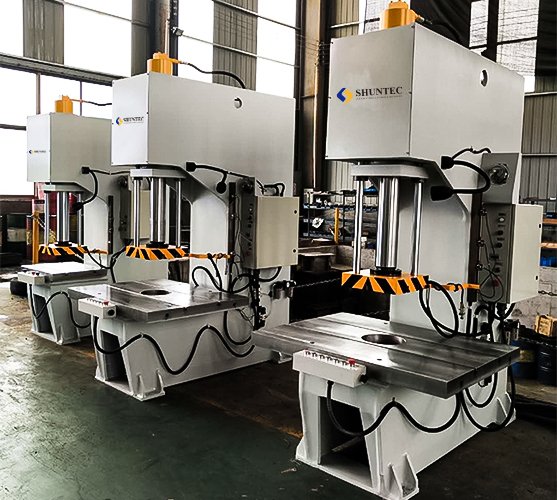Common contamination detection methods for hydraulic systems mainly include: the microscope contrast counting method uses vacuuming to filter a known volume of working fluid sample through a filter membrane printed with squares, so that pollutant particles are filtered and accumulated on the surface of the filter membrane. Examine the filter membrane with a microscope to determine the size and count of the dirt particles by particle size.
The basic principle of the hydraulic press system pollution detection method is that when the oil passes through the sensor, the particles in the oil cover part of the laser beam and reduce the light intensity, so as to detect the total number and size of the particles in the unit volume of oil. And this particle technology method is also divided into shading type, scattering type, resistance type, and so on. The shading type liquid particle counter is the most widely used type in oil pollution analysis.
The reliability of the hydraulic press system depends largely on the pollution degree of the medium. Therefore, the pollution degree should be monitored from multiple angles, the working environment of the components should be optimized, and the maintenance of the system should be strictly implemented, especially the replacement of hydraulic oil and filter elements. Monitor the chemical composition of the oil to avoid failures and unnecessary losses.


